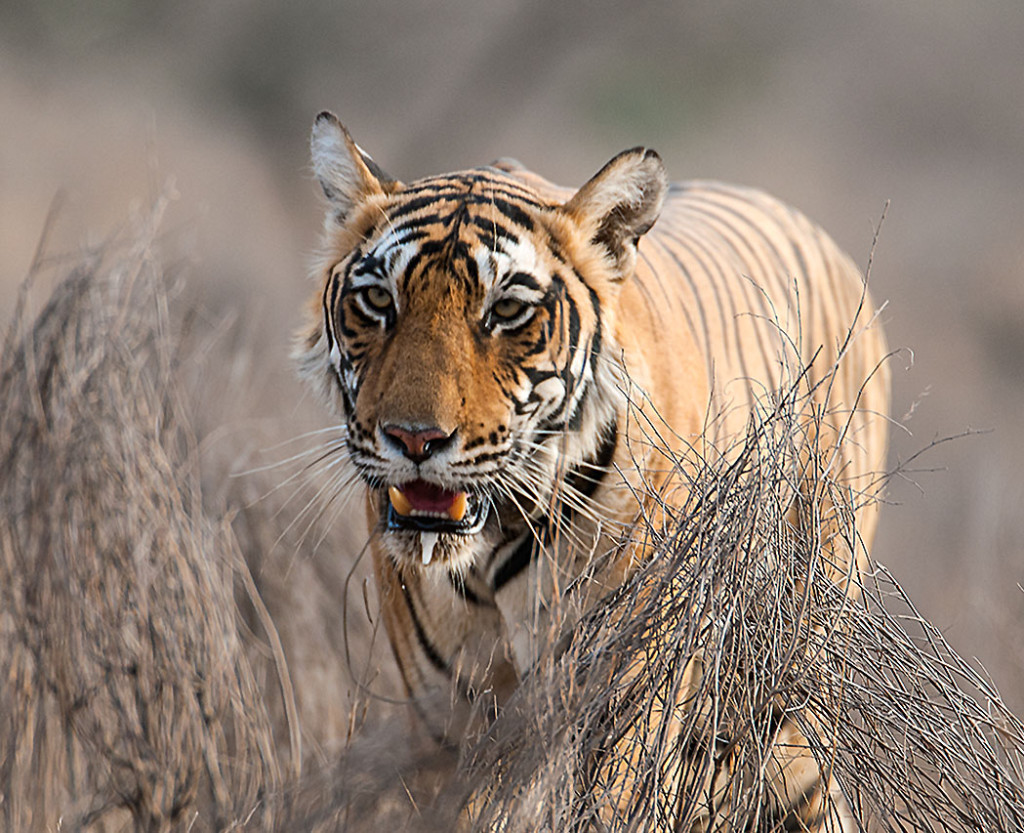
We come across many things that we don’t like but that are nonetheless good for us or good for the world in general. On some level, we all make cost-benefits analyses to decide what to do about various things that we might just as soon do without.
One thorny issue that people in a number of places have to face is what to do about dangerous carnivorous animals like tigers, wolves, cougars, coyotes, and so on. These animals co-exist with or at least alongside of humans in many places in the world.
No question, they can often present dangers to us. However, generally sitting at the top of their food chains, they also are critical to maintaining healthy ecosystems and contributing to biodiversity.
A recent study in the journal Plos One looked at the interactions between people and tigers in Bangladesh. The mangrove forests of Bangladesh have very high rates of people killed by tigers. The flooded forests are great sources of fish, fuel wood, honey and other resources, and people are often attacked by tigers when seeking these things.
And yet, 93% of people surveyed in Bangladesh believe that tigers should be protected and almost half thought tiger populations should increase. This tolerance comes from a combination of cultural and religious beliefs (the Bengal tiger is the national animal) and risk perceptions.
With such attitudes, people are more inclined to tiger-proof houses and livestock pens, rather than hunt the animals down. In the U.S., residents are coming into more frequent contact with large carnivores as more open space is developed. Mountain lions in the hills of Los Angeles are an example. How we feel about such animals turns out to play a major role in what we end up doing about their presence.
**********
Web Links
Study Looks at Coexisting with Dangerous Carnivores
Photo, posted May 22, 2010, courtesy of Koshy Koshy via Flickr.
‘Coexisting with Dangerous Carnivores’ from Earth Wise is a production of WAMC Northeast Public Radio.